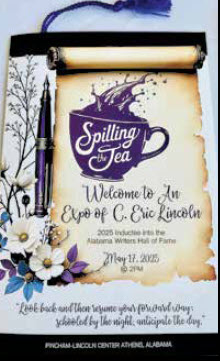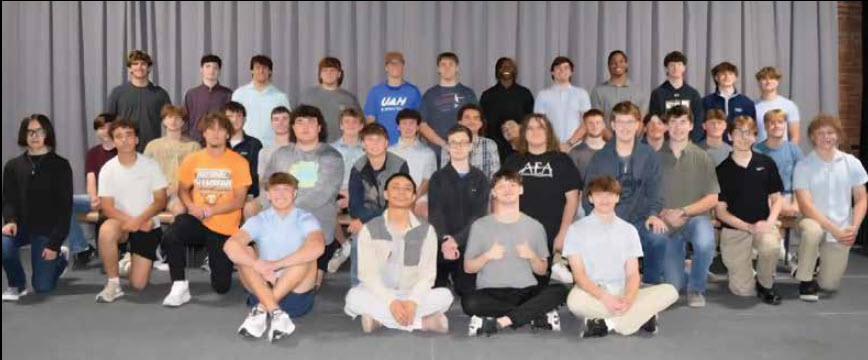 By: Deb Kitchenmaster
By: Deb Kitchenmaster
With newspaper in hand, my attention was on the section ‘HORSES FOR SALE.’ This particular ad read ‘professionally trained bay gelding for sale.’ My curiosity galloped into the arena of several questions and wonderings, so I called for details on getting to the stable to have a moment with the horse face to face. What I discovered during groundwork is that this horse did not know the meaning of ‘Whoa.’ How important is that? Pretty. Yes, it is pretty darn important to know the meaning of the word ‘Whoa.’ I am grateful I discovered this on the ground rather than on the back of the horse which I did mount.
Let’s start with groundwork. I prefer the horse to move freely (without halter, lead, or lunge line) while in a round-pen environment. I use my body mostly and my voice seldom to communicate with the horse. In conscious awareness of being single-minded (not double), I say ‘Whoa,’ with my tone and body language communicating that all four hooves are to stop moving. All four! When that happens, I pause (drop my energy) removing all pressure and attention off of horse. This instant reward is communicating with the horse an accurate response to what I am asking. Depending on the mindset of the horse, I will continue at liberty or I will halter the horse using the lead rope to communicate whoa. Important: ‘Whoa’ ALWAYS means ‘Whoa.’ Not slow down! ‘Whoa’ ALWAYS means each and every time all four hooves must come to a standstill. ALWAYS! And one more thing — you say ‘Whoa’ ONE time not several and not in a high tone but in tenor or bass tones (from your belly not your throat).
Every individual needs to know how to stop the horse they are riding. Horses are like a Volkswagen; their motors are in the rear end. They carry the bulk of their weight on their front legs, while their back legs and rump act as a motor that drives them forward. A horse can feel a fly on their backs, so they very much respond to a shift of weight in the bareback pad or saddle. When you want to ask your horse to stop, you will be shifting the weight of your body deep into the saddle. Keep your shoulders straight and lean back. Visualize your rear end as a deflated basketball sinking right down into the saddle. Your horse will feel the shift in weight. In rhythm with your body, you will also use your hands and your feet to further communicate ‘stop’ to your horse. With the balls of your feet in the stirrups, you will bring your feet forward to brace yourself for the stop. Having both hands on the reins, pull back toward your belly button. Keep your hands low. You want to use the least amount of force to bring your horse to a stop. Please do NOT jerk or yank on your horse’s mouth as this brings much pain and discomfort to your horse. Use a firm yet gentle hand to pull on the reins while asking your horse to stop. If the horse does not respond, increase the pressure on the reins until your horse comes to a complete stop. Keep your hands low as you are pulling your reins towards your bellybutton. Repeat: Keep your weight shifted back toward the horse’s rump, shoulders back, heels down, and feet forward to brace for the stop. Don’t lean forward. When your horse has come to a complete stop, release the pressure on the reins. Well done!
Have you ever been on a runaway? I have. What do you do? First of all, relax. Then connect with the emergency brake that each horse has. The emergency brake is the one-rein stop. Drop one rein and grab the other rein with both hands. Reach one hand down the rein so that you can get good leverage. Bring the rein back to your hip, causing the horse’s nose to tilt back to your knee if you’re sitting in the saddle. Hold this position until your horse comes to a complete stop.
Let your ‘Whoa’ be whoa and your ‘go’ be go.
Your NEIGH-bor,
Deb Kitchenmaster


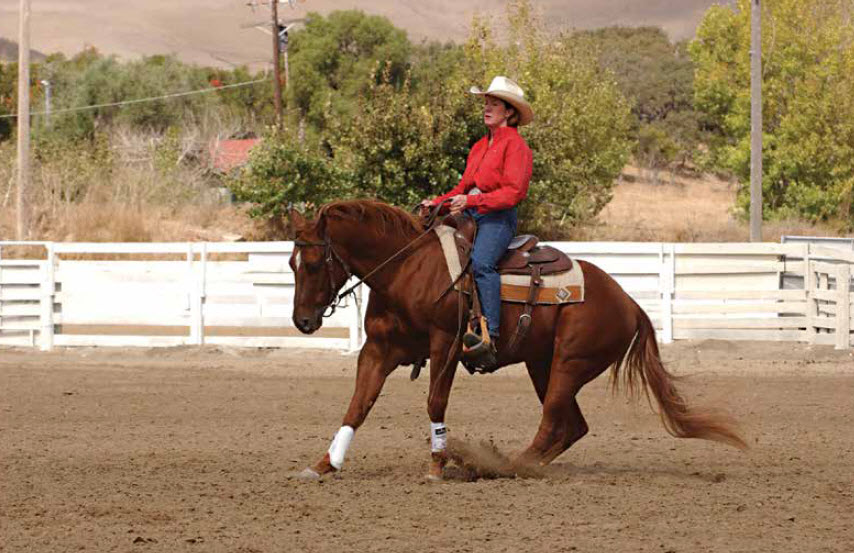
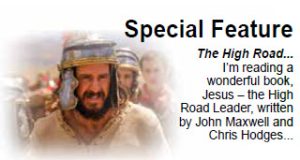

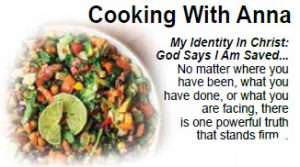

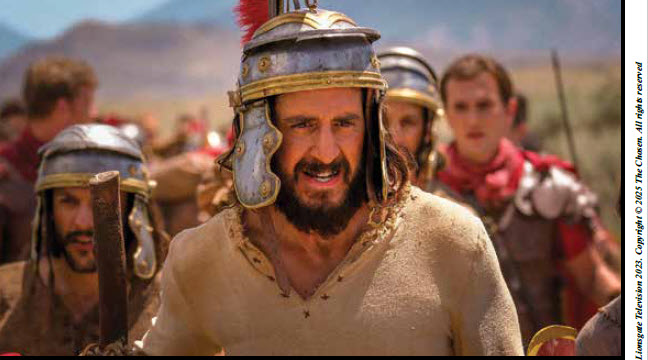

 June 20, 2025
June 20, 2025